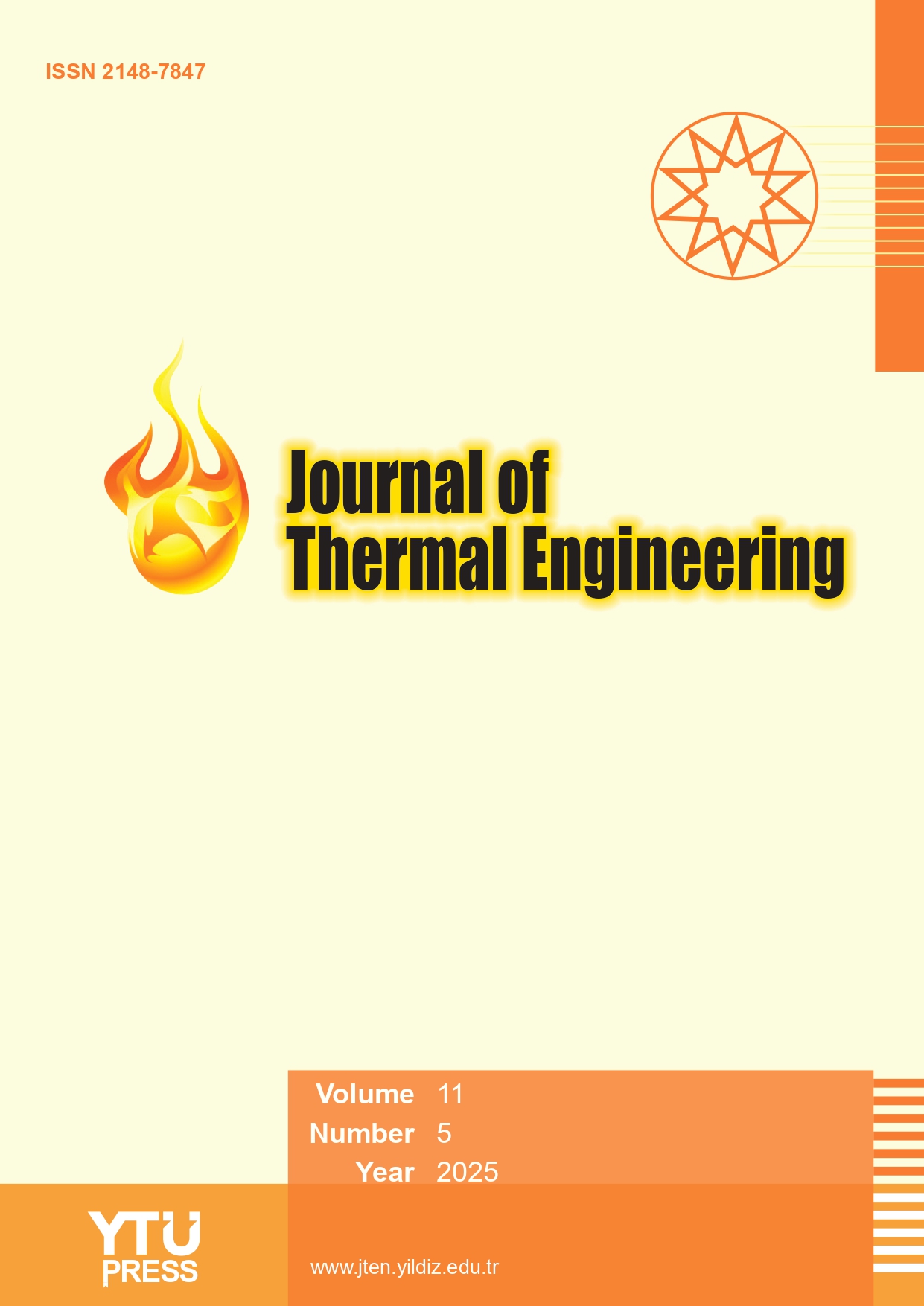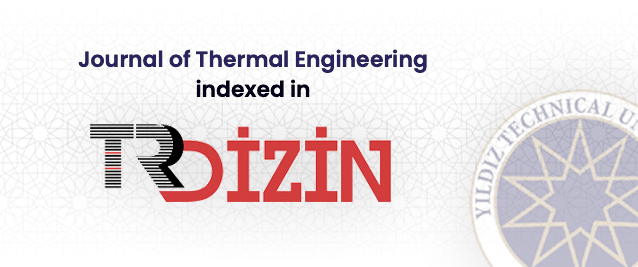Abstract
To meet the required standards on air quality and emissions from engine exhaust, several countries have instituted policies to set and reduce the limit of crude oil and petroleum product sulfur concentration to very low levels. This research studies the effectiveness of combining the assisted ultrasound desulfurization, and the traditional sodium hydroxide desulfurization methodologies, to lower the amount of sulfur contained in fuels produced even further. The sample in question was 25mL of crude oil obtained from the East Baghdad Oil Field in Iraq, containing 4.31 wt.% sulfur. The main underlying parameters of the UADS process; sodium hydroxide concentration, (temperature, 20-80 C0), reaction time (10-30 min), and intensity (30-60%) of ultrasound. The study contrasted the ultrasound desulfurization of crude oil performing the sodium hydroxide process with ‘standard’ caustic desulfurization, using the same parameters. The synergy of NaOH and ultrasonic irradiation in desulfurization of crude oil has surpassed their individual capabilities. The experimental data also compares the ultrasonic assisted empirical and reaction measures of the crude oil deuteron capture. She concluded that the maximal sulfur concentration deduced from the system was close to 68% at optimal conditions of 3M NaOH concentration, reaction temperature 60 C0, 30 minutes, with 40% of collimated ultrasound.






















